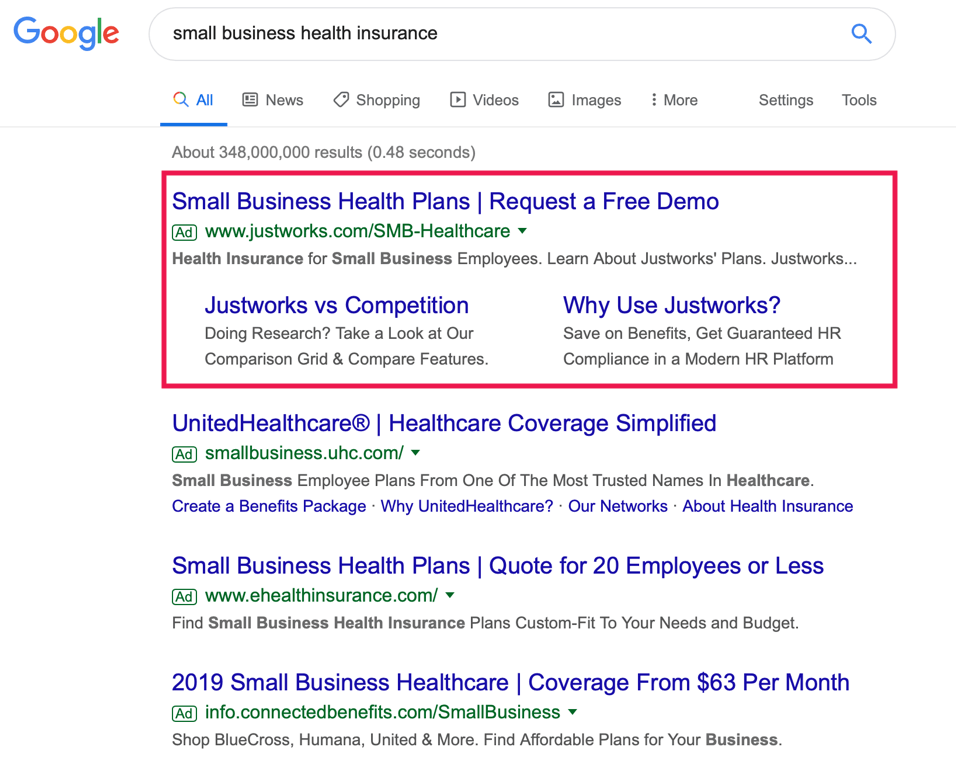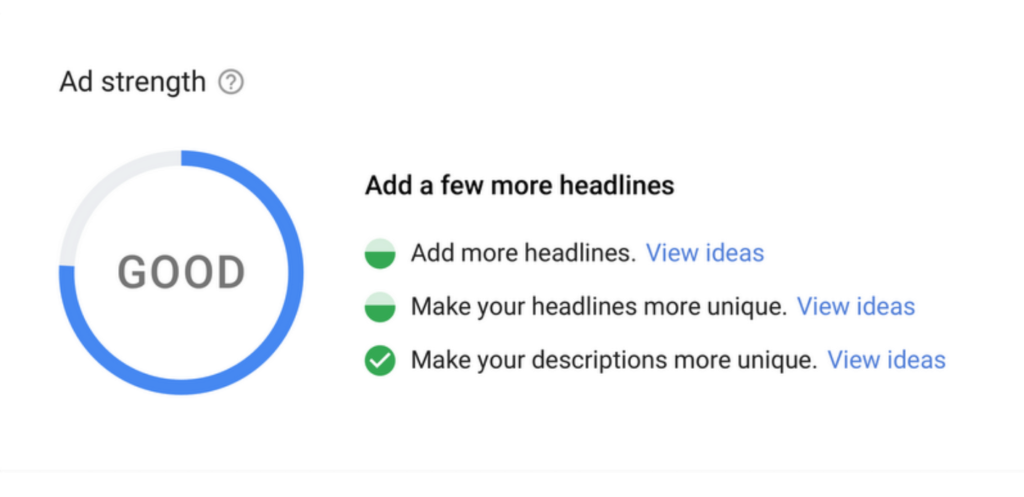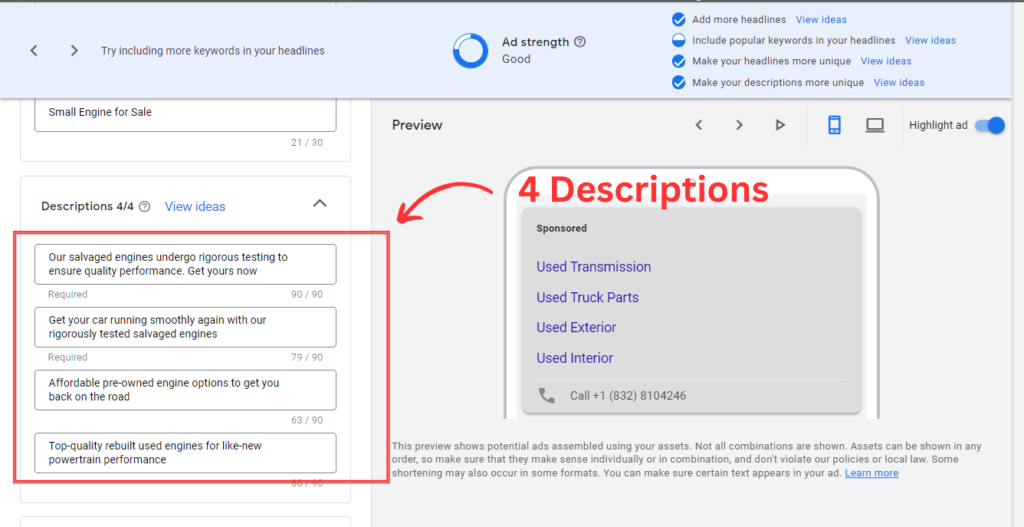

Did you just create a stunning Google ad copy but it doesn’t perform that well, Writing a perfect Google ads description might be the answer that you are looking for. Or if you are a marketing student who wants to learn how to write the best descriptions in Google ads, this article will answer all of your doubts that you have. We will help you and guide you on how to write descriptions in Google ads that are effective and lie within the Google ad description character limit.
There are numerous best practices that should be considering while creating a Google ad description. You want to show attention to your users without seeming intrusive.
The best format to convey your message and show value to the users is to think about and write Google Ads descriptions according to the needs and benefits of the user. Users are more likely to engage with the business’s PPC ads that include concepts that are important to them.
You have to focus on what a user can get after coming to your website, as that builds trust and reliability and anything else someone wants before visiting your website. Writing a Google ads description is an art that you have to mold according to the industry for which you are going to run your ads as well as for the end user who is going to read it.
There are many other things to know apart from just knowing about your business and your customer’s behavior, and there are multiple ways to get insights about your users’ behavior.

Keep in mind that when you write titles and descriptions for ads, try to merge the high volume relevant keywords in your ad copies (generally in the title and description). This method increases the rate of relevancy of your ad combination for users, which helps boost the effectiveness of your responsive search ads.
For example, if you have seven keywords in your Google ad group and out of those seven, five have the most traffic, then try to include and merge those keywords in the headlines and descriptions of your Google ad copies as it increases the ad rank and ad strength that will improve your ad’s performance drastically.

Do not use language in your ad that is too common or too generic for ads. It does not attract users and might not be appealing at all. Do not use sentences like “Call us today, Sign up today, or “Book now.” It creates the wrong example of urgency. As it will not create attractive ad descriptions in your ad copies.

Ad strength is a crucial part of knowing how to write descriptions in Google ads for responsive search ads. Ad strength includes both the overall ratings that indicate the effectiveness and specific action items that help you improve.
Note: Try to improve the ad strength of your responsive search ad on the level accordingly from “good” to “excellent” by adding various types of extensions.
Regularly reviewing your campaign-level asset report is crucial for optimizing your ads. By analyzing which headlines and descriptions perform well and which ones don’t, you can identify and replace low-performing assets with new ones based on your best performers. This strategy helps you understand which assets resonate best with your customers and improves your ad’s overall performance.

Google Ads assembles the text into various ad combinations after you provide headlines and descriptions in a way that prevents repetition. A single responsive search ad can have up to 15 headlines and four descriptions, unlike extended text advertising.
Writing effective descriptions for Google ads requires a good understanding of your business, target audience, and behaviour. By creating messages that emphasize user requirements and benefits, using popular website pages as models, connecting messaging to your keywords, and avoiding generic language, you can improve the ad’s performance. Regularly reviewing your campaign-level asset report and using PPC ad services can also help optimize your ads. With these best practices, you can write compelling descriptions that attract and engage your audience, leading to better ad performance and increased traffic to your website. Hope you like reading this blog if you want to read more of our marketing blog then do check out the latest one on essential tips on creating a business website.
